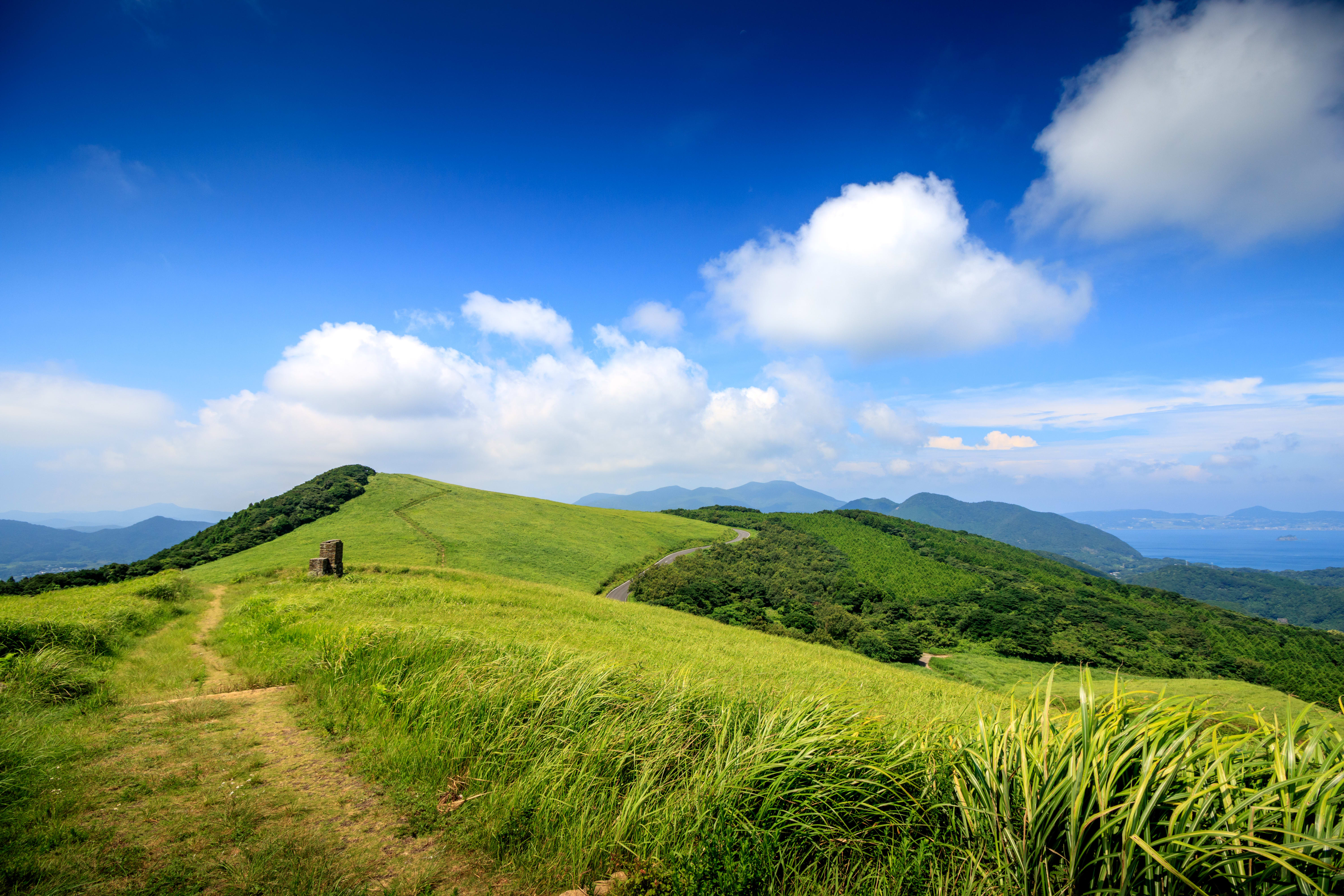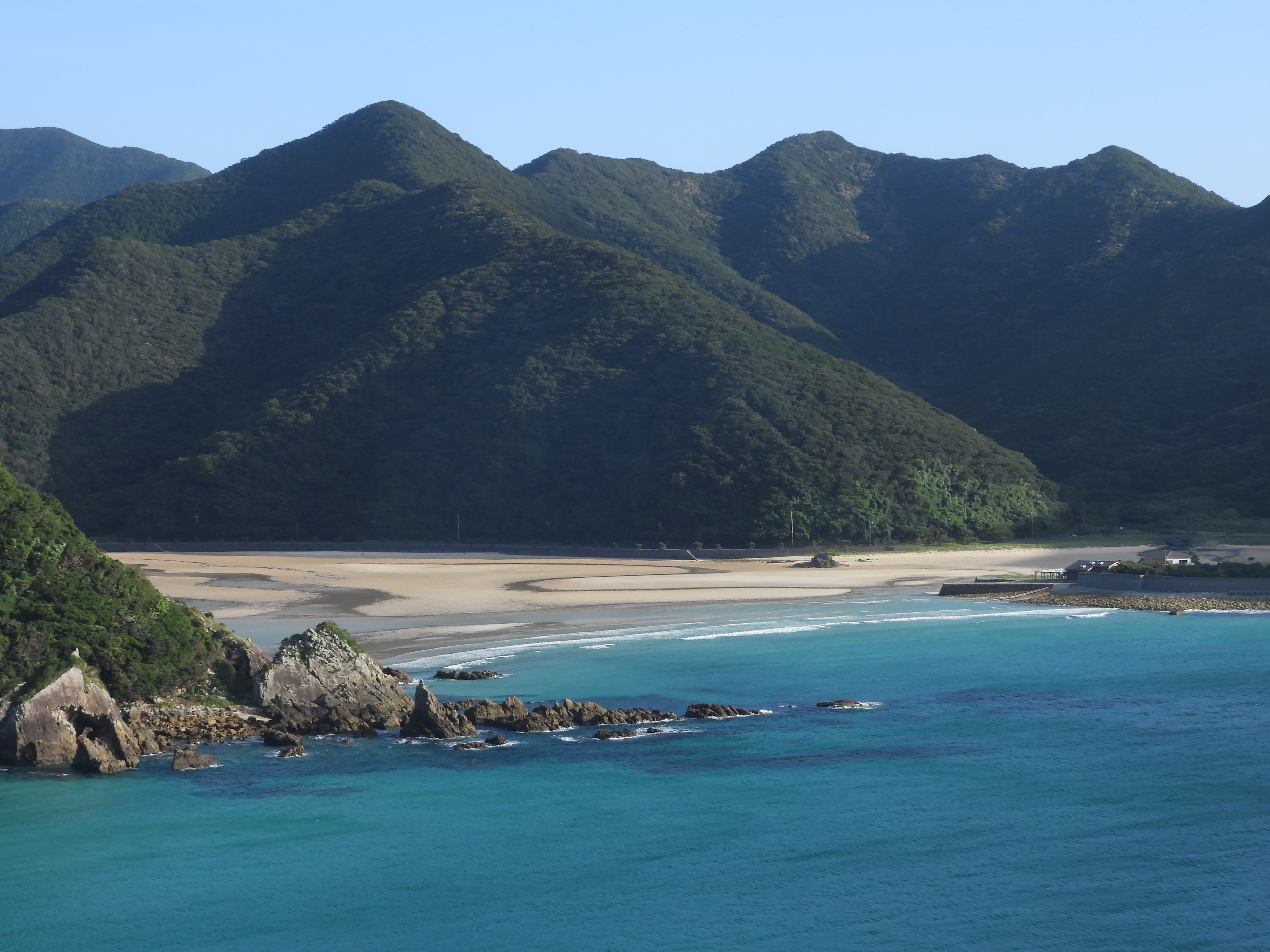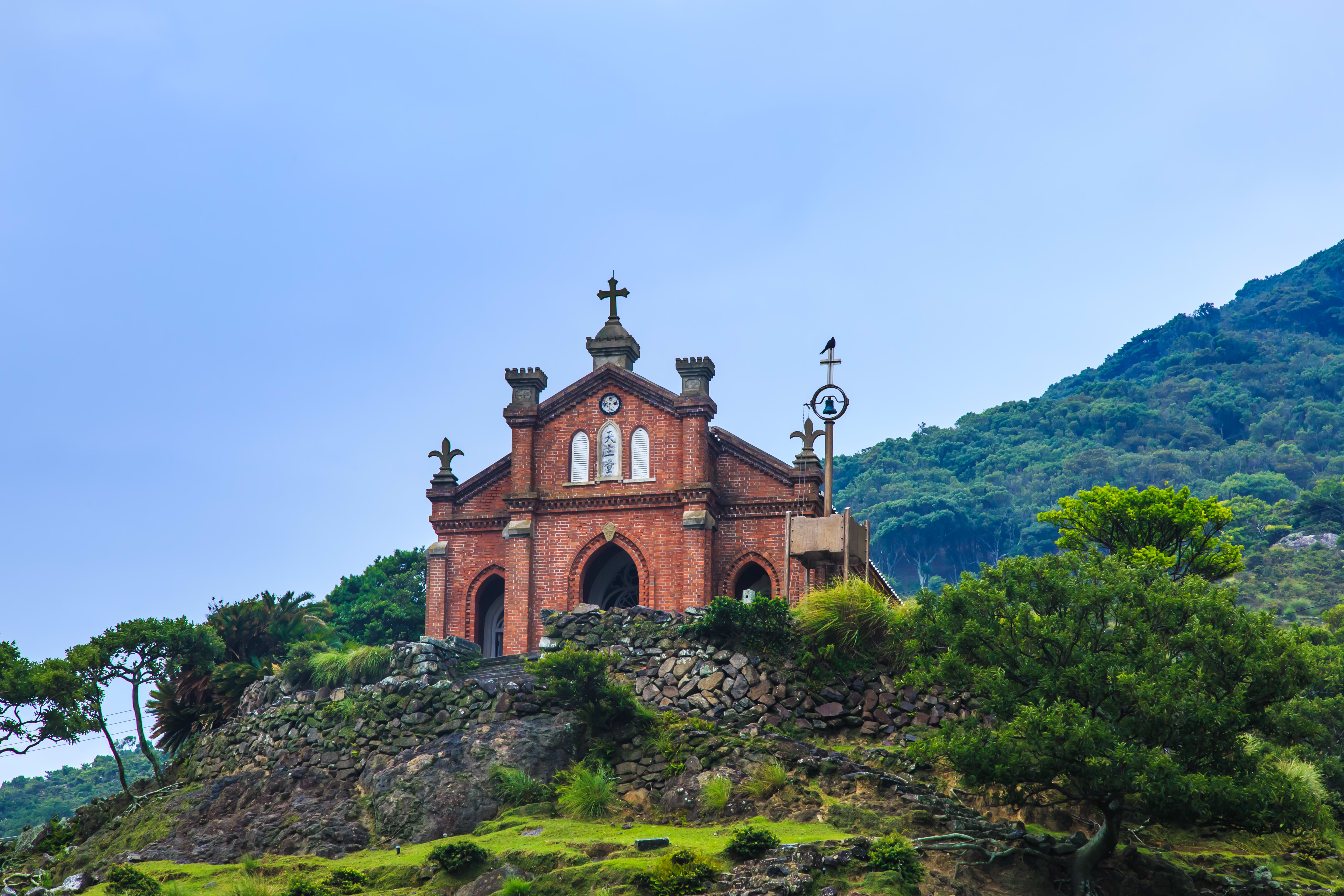Don't Miss
- Visiting the aquarium at Kujukushima Pearl Sea Resort and boarding a Kujukushima cruise
- Swimming in the clear blue waters off the white sand beaches of Takahama and Tontomarihama
- Gazing out over the sea from Obae Lighthouse
Situated in northwestern Kyushu, Saikai National Park weaves together more than 400 small islands from several archipelagoes. The park’s dramatic landscapes and seascapes include drowned river valleys, myriad inlets, steep sea cliffs and stunning beaches, as well as tidal flats that are a breeding ground for rare species of animals such as the Japanese horseshoe crab.
Saikai National Park is in the northwestern part of Kyushu. The Hirado-Kujukushima area in the north includes the islands of Ikitsukishima and Hiradojima, along with the Kita-Kujukushima and Minami-Kujukushima island chains. The Goto Islands lie further southwest and include Ojikajima, Nakadorijima, and Fukuejima islands, as well as many islets. The warm Tsushima Current flows through and past these islands.
Hiradojima Island's Mount Sashidake has beautiful semi-natural grasslands on the eastern side where you can find vibrant plants such as itorakkyo (Allium virgunculae var. virgunculae), a lilac-coloured flower.
Ikitsukishima Island's northernmost cape is where you’ll find Obae Lighthouse. The observatory here offers views of the mountains on Ikitsukishima Island, Hiradojima Island and all the way down to the Goto Islands.
Kawachi Pass offers the ultimate scenic road trip, consisting of a series of hilltops with stunning views of the East China Sea and the Kita-Kujukushima island chain.
Although Kujukushima Island translates as “99 islands,” there are over twice that many. Part of the movie "The Last Samurai" was filmed here, from the Ishidake Observatory.
Venture south to the Minami-Kujukushima Islands and the center of Kashimae. Here you’ll find the Kujukushima Pearl Sea Resort, a small retreat with a visitor center, aquarium, cafeterias and souvenir shops. Kashimae is also a base for sightseeing boats and kayaks.

On Fukuejima Island you’ll find Takahama and Tontomarihama, rated one of the top beach areas in Japan for its gorgeous white sand and calm, glass-clear waters. Green hills and a sandbar shelter the beaches, making it a prime swimming spot. To the south are the Osezaki Cliffs, which rise up to 100 meters high. The rugged landscape continues for 15 kilometers, and you can see various birds use it as a migratory stopover point in spring and autumn. The Osezaki Observatory has a viewing deck and a gazebo for leisurely views.

In fall, Cape Osezaki is a popular observation point to watch Oriental honey buzzards make their yearly trip, migrating from China to the Philippines and Indonesia.
In the middle of the island is Mount Nanatsudake, a sawtooth range of seven peaks. Trek up the rocky area for fantastic views of Tamanoura Bay.
Mount Onidake on Fukuejima Island is a cinder cone volcano covered in grass, and features a large crater with a commanding view of the town of Fukue and the smaller Goto Islands. The nearby Abunze Lava Coast formed when lava flowed into the sea after Mount Onidake erupted.
Hisakajima Island’s former Gorin Church is the largest wooden church in the Goto Islands, and a rare example of mixed Japanese- and Western-style construction.
Situated between the islands of Nakadorijima and Wakamatsujima, the Wakamatsu Seto Strait has a stunning coastline stretching 15 kilometers with 30 islets dotting the waters. Nakadorijima Island has many lovely churches, including Kashiragashima Church. The village of Hisakajima earned World Heritage site status in 2018.
In the northern part of Nakadorijima Island is the tallest mountain on Kamigoto, Mount Bandake (443 m). There are fantastic views of the ocean and the Hiradojima Island on clear days.
Travel south to the gorgeous Hamagurihama, a 500-meter stretch of white sand beach and known as a swimmer’s paradise.

Saikai National Park has many historical attractions, ranging from churches to fortress ruins. The influence of Christianity, particularly the Catholic Church, is strong here. Many Japanese converts to the faith fled here to avoid persecution during the Edo period (1603-1867), and hid their affiliation until the ban was lifted. At first, they hid in Hiradojima, Ikitsukishima and Sotome in Omura, but by the end of 18th century, the Sotome group started migrating to the Goto Islands and other remote islands. Nakadorijima and Fukuejima both have many churches constructed by Catholic Chrisitians. The Gorin Church built by the Christian community is the second-oldest wooden church in Nagasaki Prefecture. Nokubi Church is a Catholic church on the abandoned island of Nozakijima, which you can visit by ferry. There is also an abundance of deer roaming free on the island.
Whaling was a major industry in the Goto Islands, and you can see the history of it all at the Geihinkan Whaling Museum on Nakadorijima and the Shimanoyakata Museum on Ikitsukishima. Visit the Marudeyama Kansokujo Observatory in Sasebo to see the fortress built to protect the Sasebo Naval District from the Russian fleets.